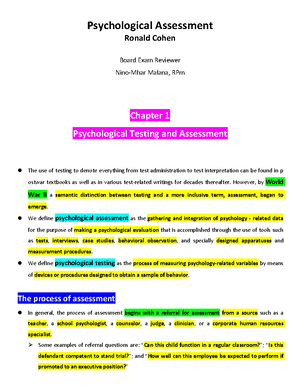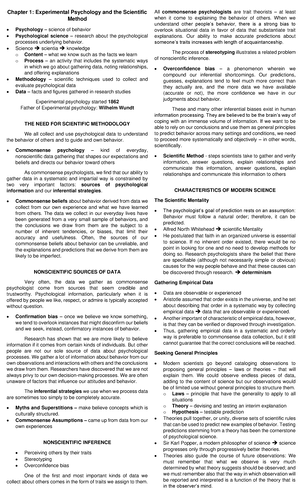- Information
- AI Chat
Was this document helpful?
Introduction to Human body
Course: BS Psychology
999+ Documents
Students shared 2875 documents in this course
University: Polytechnic University of the Philippines
Was this document helpful?

1
1. Introduction to the Human Body
In this chapter :
“The Anatomical position”.
Frame of reference – important planes.
A review of the organ systems of the body.
The anatomical position.
In day-to-day language we use directional terms with reference to our surroundings. When at our desk,
looking at the computer screen our eyes look ‘forward’, the front of the chest faces forward and the back
is, well, at the back. When lying in bed face up, we say that our eyes look upwards, the front of the chest
faces up, and the back faces down. Such variation of expression can create confusion and inaccuracy
when we describe structures within the body. In scientific communication we need to be particularly
precise. Precision comes from standardising these terms. For all anatomical descriptions, we assume that
body is in such a standardised position. We call this the ‘anatomical position’.
In the anatomical position, the body is assumed to be standing erect, with feet close to each other and
parallel to each other, arms by the side with the palms of hand facing forward with the thumb and fingers
held straight, head held straight and eyes directed forwards. We can see that in this position the head is at
the top (‘up’) the feet at the lower end, and the palms face forward. The interrelationships among all other
parts of the body assume this position. Now, imagine sitting on chair, with forearms resting on the arm-
rests, elbows, hips and knees folded. The knees, for example, are still described as being ‘below’ the hips,
not ‘in front of the hips’; and the elbows are ‘above’ the wrists. Even if our hands rest on the desk with
the palms facing the desk, the palms are still described as facing forwards. In practical terms, when you
see a cadaver on a table in the anatomy laboratory, the back is still ‘at the back’, not ‘below’. The
examples given here are simple ones, but the concept of the anatomical position is valid even if we see
complex body positions like those of a ballerina or a gymnast.
when we stand erect, our forearms have a natural tendency to turn so that the palms face the thigh.
Three sets of planes as a frame of reference.
Next, we need a frame of reference. This is in the form of planes which are mutually at right angles to
each other. (These can be compared with X, Y and Z axes if you have studied coordinate geometry!)
1. The median plane. The first plane is unique, and it divides the body into two symmetrical halves. This
vertical plane passes through the midlines of the body on the front and the back surfaces. One may say
that this plane passes through the middle of the nose, the middle of the chin through the umbilicus (‘belly
button’)…and through the middle of the back. This plane is called the median plane. (Note the ‘n’ at the
end.) There is only one plane that can divide the body into right and left halves.
2. Sagittal planes. Any plane parallel to the median plane is called a sagittal plane. There can be many
such sagittal planes, all parallel to the median plane. Sometimes, a sagittal plane close to the median
plane is called a paramedian (‘near the median’) plane.
Median and sagittal planes are vertical. They run ‘front-to-back’. (Or ‘back-to-front’!)
3. Coronal planes. A vertical plane at right angles to the sagittal plane is called a coronal plane.
Theoretically there can be an infinite number of coronal planes. A coronal plane divides the body into a
front part and a back part. The two parts are not equal, and they are not symmetrical.
Coronal planes are vertical.
They run from one side to another. (Right-to-left or left to right).
Introduction to Human Anatomy and Physiology Notes
The anatomical position is a ‘standardised’ position. It is by no means a ‘natural’ position. Ordinarily
https://www.thepharmacystudy.com/















